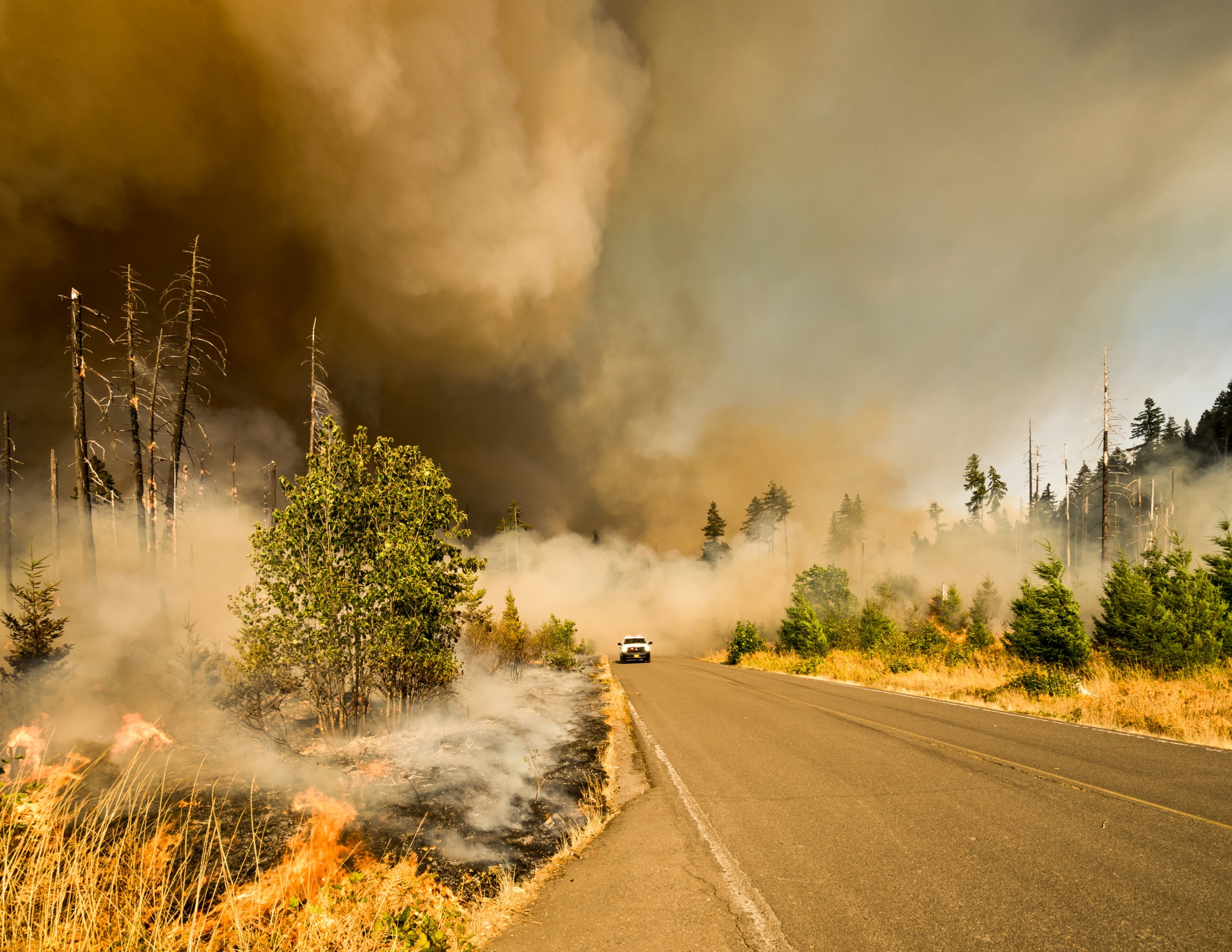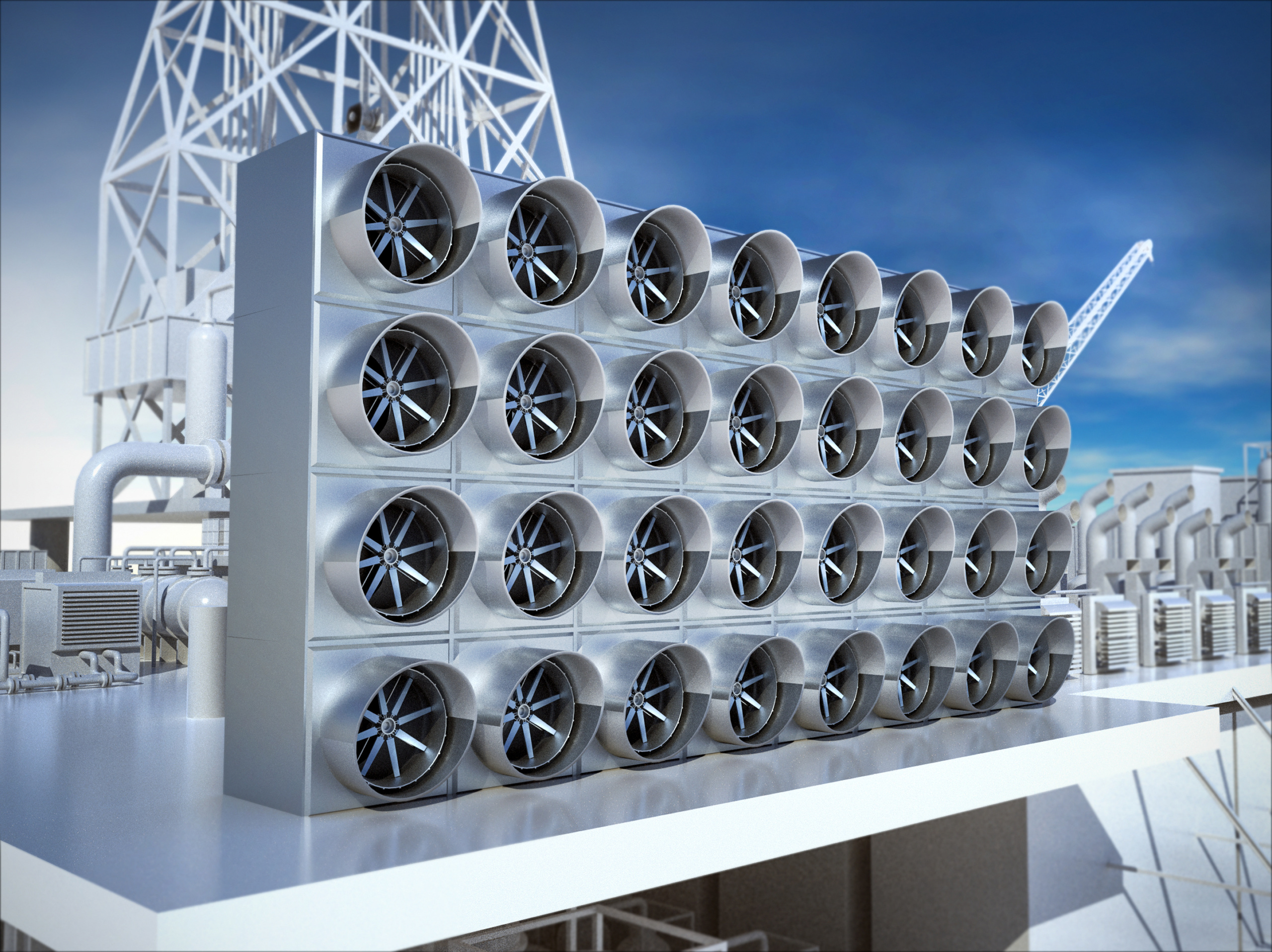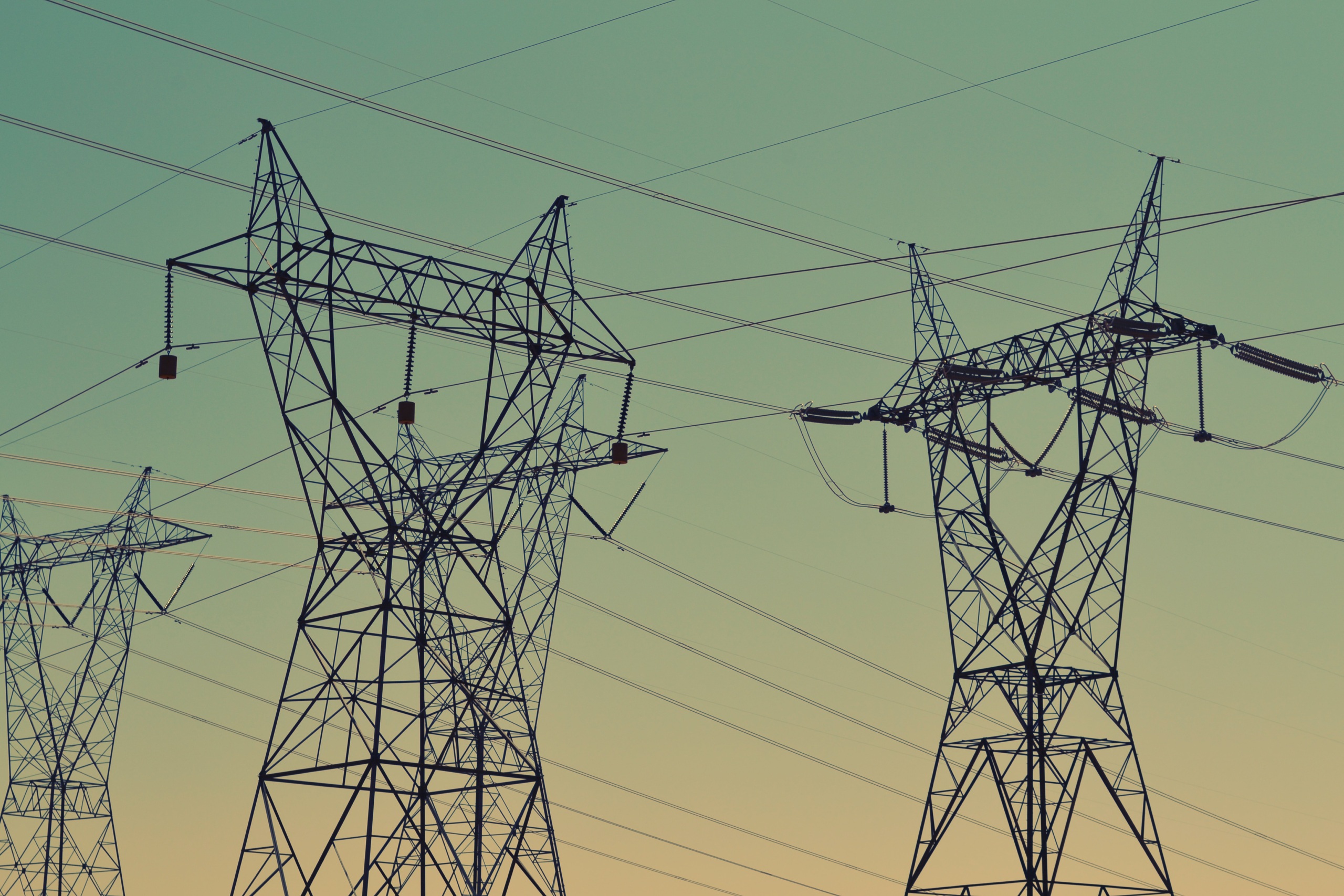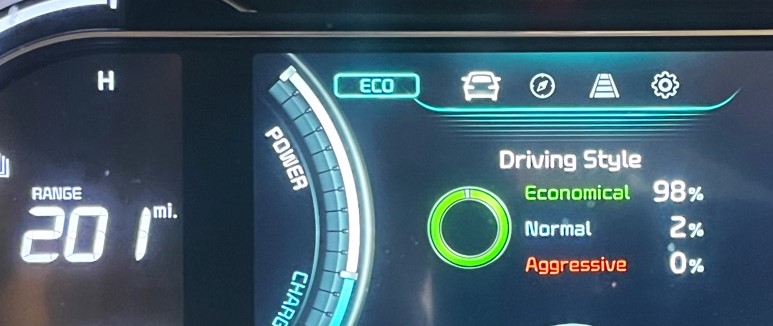
Too Little, But Not Too Late
Maryland took a bold step toward reducing our contribution to global warming and breaking our dependence on fossil fuels with the passage of the Greenhouse Gas Reduction Act (GGRA) in 2009. The law set an ambitious but achievable goal of reducing Maryland’s emissions of global warming pollution by 25 percent below the 2006 level by 2020.
Downloads
Environment Maryland Research and Policy Center
Executive Summary
Maryland took a bold step toward reducing our contribution to global warming and breaking our dependence on fossil fuels with the passage of the Greenhouse Gas Reduction Act (GGRA) in 2009. The law set an ambitious but achievable goal of reducing Maryland’s emissions of global warming pollution by 25 percent below the 2006 level by 2020.
The state will soon begin the formal process of developing a plan to achieve the targets of the GGRA. But the new plan will not be the first strategy laid out for reducing global warming pollution in Maryland. The 2008 Climate Action Plan, written by the Maryland Commission on Climate Change, put forward a strategy for meeting and exceeding the emission reduction targets of the GGRA through a series of 42 public policies.
In the years since the Climate Action Plan, Maryland has taken important steps to implement some of the plan’s recommendations. However, a review of 10 top emission reduction opportunities shows that Maryland is not on track to achieve the emission reductions proposed in the Climate Action Plan. The state’s failure to follow through on the Climate Action Plan recommendations will make it more difficult for Maryland to achieve the goals of the GGRA.
Achieving the goals of the Greenhouse Gas Reduction Act will bring great benefits to Maryland’s environment and economy.
• By doing its share to reduce global warming pollution, Maryland can help avert the dramatic rise in temperature and sea level and other threats projected for the 21st century under a scenario in which emissions of global warming pollutants continue to increase worldwide.
• Maryland can also reduce our dependence on fossil fuels, which emit health-threatening smog and soot into our air and cost Maryland families and businesses billions of dollars each year.
• Meeting the GGRA targets will also benefit Maryland’s economy. The Maryland Commission on Climate Change estimated that implementation of the Climate Action Plan recommendations would deliver $2 billion in net economic benefits to Maryland by 2020.
The state of Maryland has fallen behind in implementing the policy recommendations of the Climate Action Plan.
A review of 10 policy options from the Climate Action Plan – responsible for more than half of the plan’s proposed emission reductions – shows that:
• In only one policy area – Maryland’s participation in the Regional Greenhouse Gas Initiative (RGGI) – is the state on track to deliver the emission reductions assumed by the Climate Action Plan, due to a region-wide drop in emissions from the power plants regulated by RGGI. As a result, Maryland should consider going further to tighten the program’s cap on global warming pollution.
• In five policy areas, the state has achieved mixed results, posting important gains, but leaving a great deal of uncertainty about whether the state will achieve the emission reductions in the Climate Action Plan.
o The state is proceeding with implementation of the Renewable Portfolio Standard, which requires the state to obtain 20 percent of its electricity from renewable sources by 2022. However, the state has failed to take steps recommended in the Climate Action Plan to strengthen the standard, and has recently weakened it by including incineration as an environmentally preferable “Tier 1” resource.
o The state’s energy efficiency resource standard (EmPOWER Maryland) requires utilities to achieve a 10 percent per-capita reduction in electricity consumption by 2015. The program has begun to deliver energy savings, but implementation has been slow, important energy-saving opportunities have been missed, and the state has not followed through on the Climate Action Plan’s recommendation to expand the program to include natural gas energy efficiency.
o Maryland’s state-led energy efficiency programs are to be responsible for delivering an additional 5 percent per-capita reduction in electricity consumption, but have been plagued by underfunding as the state has diverted proceeds from the sale of pollution allowances under RGGI away from energy efficiency programs.
o The state’s efforts to promote compact development patterns that contain sprawl and reduce vehicle travel have taken some important strides, particularly in the promotion of transit-oriented development. But the state still lacks an effective approach to curtail new sprawling development.
o Maryland has begun to lay the groundwork for improvements in transportation technologies – including new programs to ease the integration of plug-in vehicles that operate on electricity. It is too early to tell, however, whether the state’s efforts will be sufficient to achieve the emission reductions assumed in the Climate Action Plan.
• In one policy area, the state has made only minimal effort since publication of the Climate Action Plan.
o Efforts to launch innovative transportation pricing models that discourage driving have moved forward only on the Intercounty Connector and I-95 Express Lanes – projects that will likely contribute to an increase in global warming pollution from transportation.
• In three policy areas, the state has made essentially no progress, with no serious signs of effort toward achieving the goals of the Climate Action Plan.
o Maryland has yet to move forward with plans to implement a generation performance standard limiting pollution from power plants, or to expand the availability of pay-as-you-drive automobile insurance, which encourages vehicle owners to drive fewer miles.
o The state recently took a large step to discourage recycling by incentivizing incineration under the Renewable Portfolio Standard. The General Assembly has also rejected several policy options to expand and improve recycling in recent years.
There is still time for the state of Maryland to meet the goals of the Greenhouse Gas Reduction Act. In order for the state to reach the emission reductions required by law, the state should adopt a plan that includes:
• Specific programs with a high level of detail.
• Programs and policies strong enough to achieve the GGRA emission reduction targets with a sufficient margin for error.
• A credible plan for implementation and enforcement of those policies.
Topics
Find Out More


Carbon dioxide removal: The right thing at the wrong time?

Fact file: Computing is using more energy than ever.


